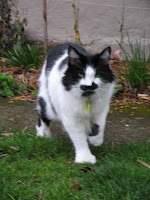 We adopted our cat, Lionel, from the Oregon Humane Society a couple years ago. OHS is a wonderful organization with some of the highest adoption rates in the country and our cat has been a wonderful addition to our home.
We adopted our cat, Lionel, from the Oregon Humane Society a couple years ago. OHS is a wonderful organization with some of the highest adoption rates in the country and our cat has been a wonderful addition to our home.
I have never had a cat and a garden before though, and sometimes that combination can prove frustrating. Although he spends most of his time inside, he goes out once or twice a day for short periods of time on “adventures”. He is friendly with several neighborhood cats and they have caught on that our backyard is “cat-safe”, meaning no vicious attack dogs live here.
The main downside to all this has been the transition of my raised beds into neighborhood litter boxes. Last summer when they were filled with plants this was not an issue. But since they have sat empty all winter the cats seem to think this is the best place in the area to do their business. I don’t believe cat poop is bad for your plants like dog poop is, but they are still being destructive by digging around where I have freshly planted seeds or newly transplanted starts. My broccoli has completely died already and it’s only been a week or so since I transplanted them outside.
 I had a brilliant awakening this morning, inspired by some one’s yard I see on my way to work. It appears they grow salad greens all year and have small raised beds that get covered with plastic dome things in the winter months. I realized that would also work well in my yard as a deterrent from the cats using my beds as a litter box. It would also turn my whole 6′ x 4′ raised beds into cloches, which would speed up my plant growth by increasing the temperature underneath slightly. Typically you can plant outside a month earlier than the direct sow date if the seeds go under a cloche.
I had a brilliant awakening this morning, inspired by some one’s yard I see on my way to work. It appears they grow salad greens all year and have small raised beds that get covered with plastic dome things in the winter months. I realized that would also work well in my yard as a deterrent from the cats using my beds as a litter box. It would also turn my whole 6′ x 4′ raised beds into cloches, which would speed up my plant growth by increasing the temperature underneath slightly. Typically you can plant outside a month earlier than the direct sow date if the seeds go under a cloche.
Here are the supplies I used (pictured above):
- Thin rebar, 3′ length – six per vegetable bed
- Plastic sheeting
- 3/4″ irrigation pipes, 100′ length
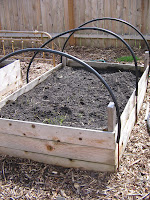 There are three rebars on either side of the vegetable beds, so six total. They are spaced out with two at either end and two in the middle. I hammered them down one foot, so two feet are above the surface. I cut the irrigation pipe and shimmied them down about 6″ or so on each rebar. They make a hoop over the width of the beds.
There are three rebars on either side of the vegetable beds, so six total. They are spaced out with two at either end and two in the middle. I hammered them down one foot, so two feet are above the surface. I cut the irrigation pipe and shimmied them down about 6″ or so on each rebar. They make a hoop over the width of the beds.
We had tons of leftover plastic weatherizing sheeting, as we cover our windows in the winter to keep the drafts down in our old, 1927 bungalow. After all three hoops went up, I was able to cover each bed with just one solid piece cut to size. I poked little holes through the plastic and tied string through them to secure around the rebar on either side of the beds. At either end, I made sure the plastic hung far enough to cover the opening and then tucked the ends in.
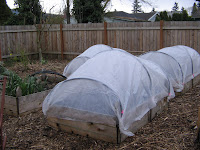 It turned out great! I will remove the plastic later in the season as the veggies grow in, but I might just leave the hoops on all season. I ended up planting a couple of the beds with carrots, beets, swiss chard, and more broccoli. It was very easy to access by just untucking the ends and retucking when I was all done. I am really excited that I have found as easy way to keep cats out of my vegetable beds AND speed up my plant growth as well!
It turned out great! I will remove the plastic later in the season as the veggies grow in, but I might just leave the hoops on all season. I ended up planting a couple of the beds with carrots, beets, swiss chard, and more broccoli. It was very easy to access by just untucking the ends and retucking when I was all done. I am really excited that I have found as easy way to keep cats out of my vegetable beds AND speed up my plant growth as well!
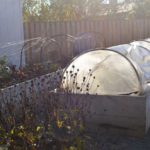

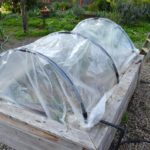
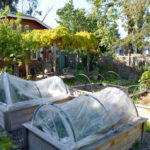
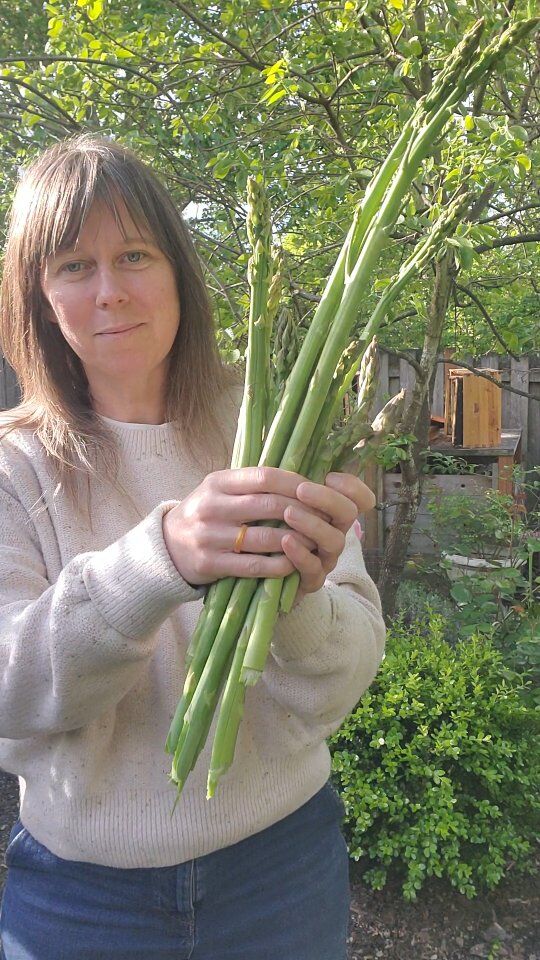
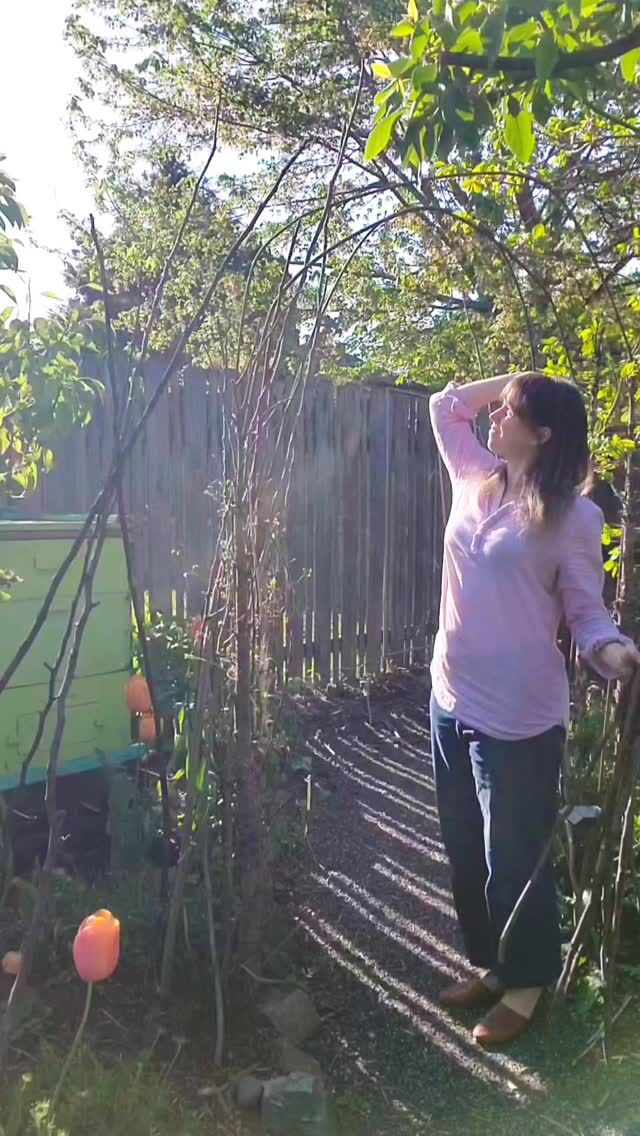
 I start with a
I start with a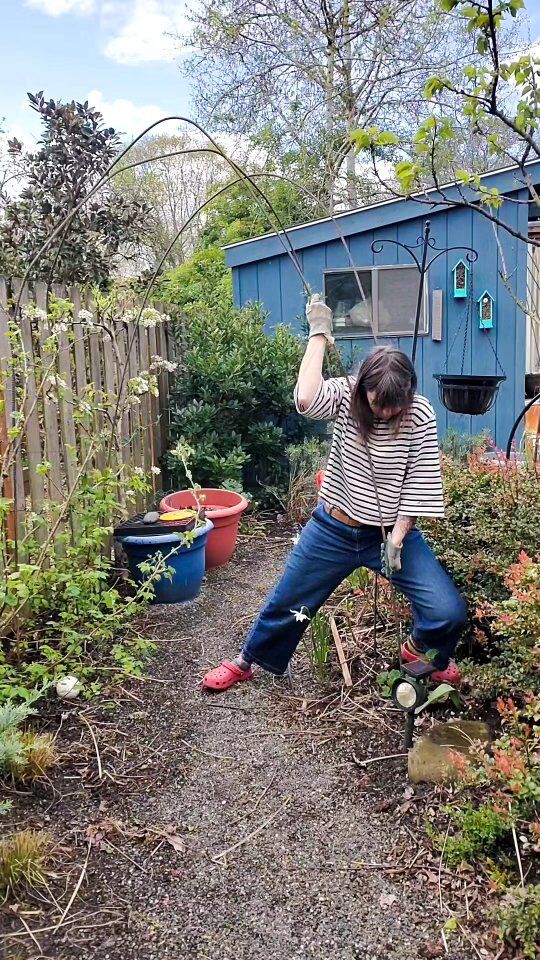
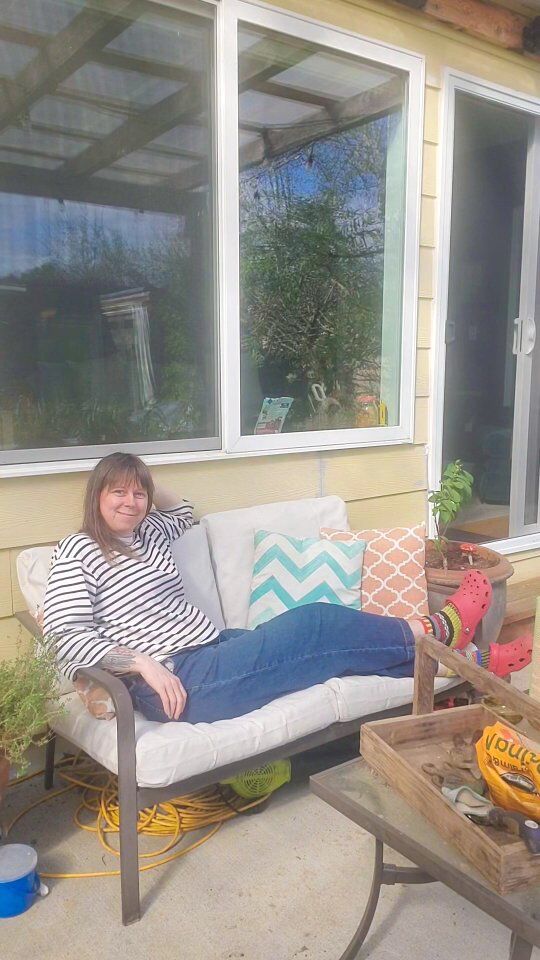
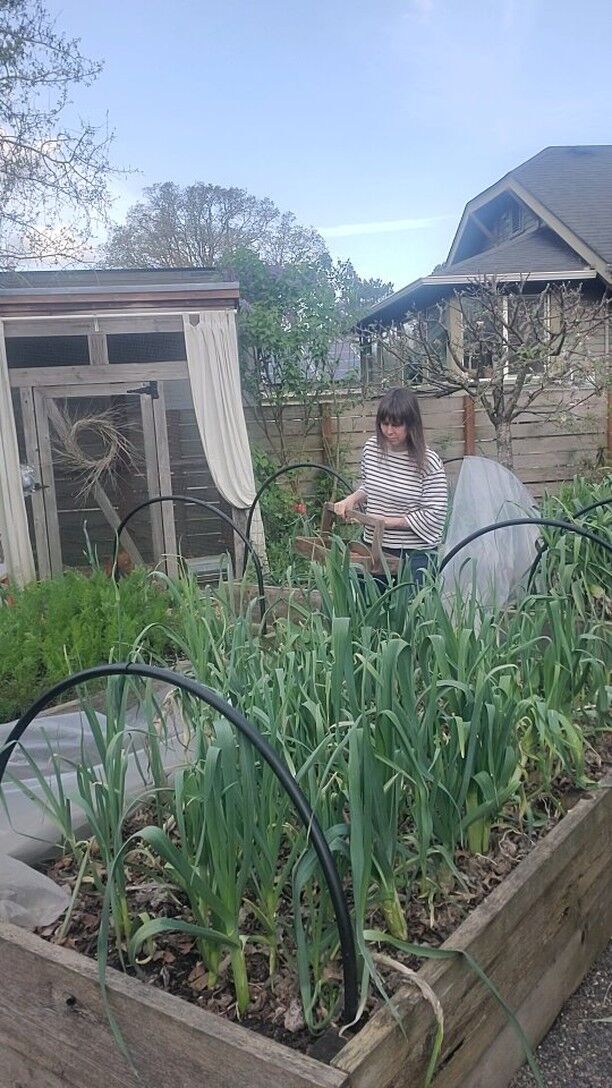
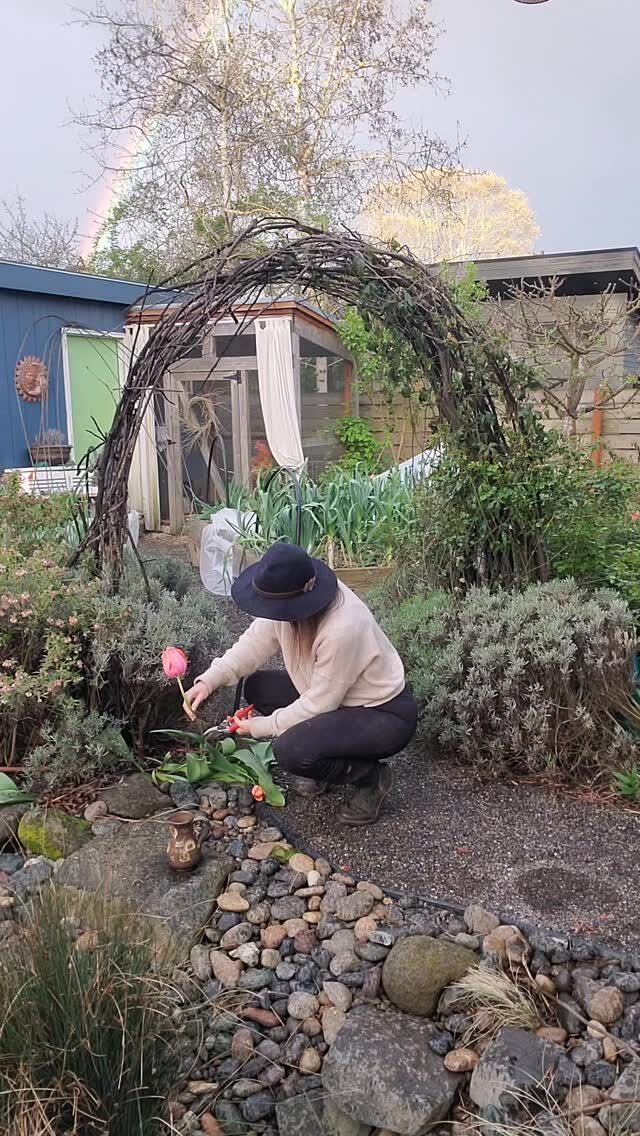
 There's a go
There's a go
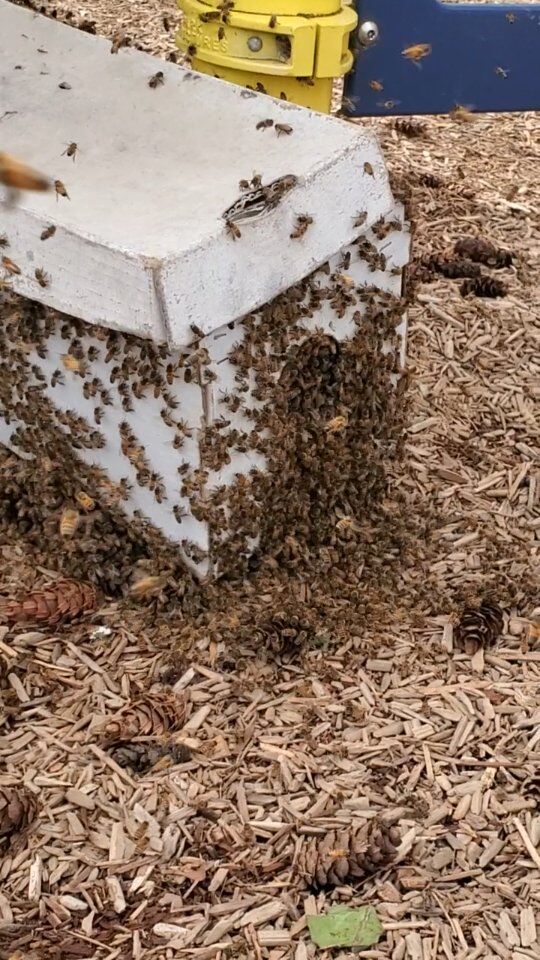
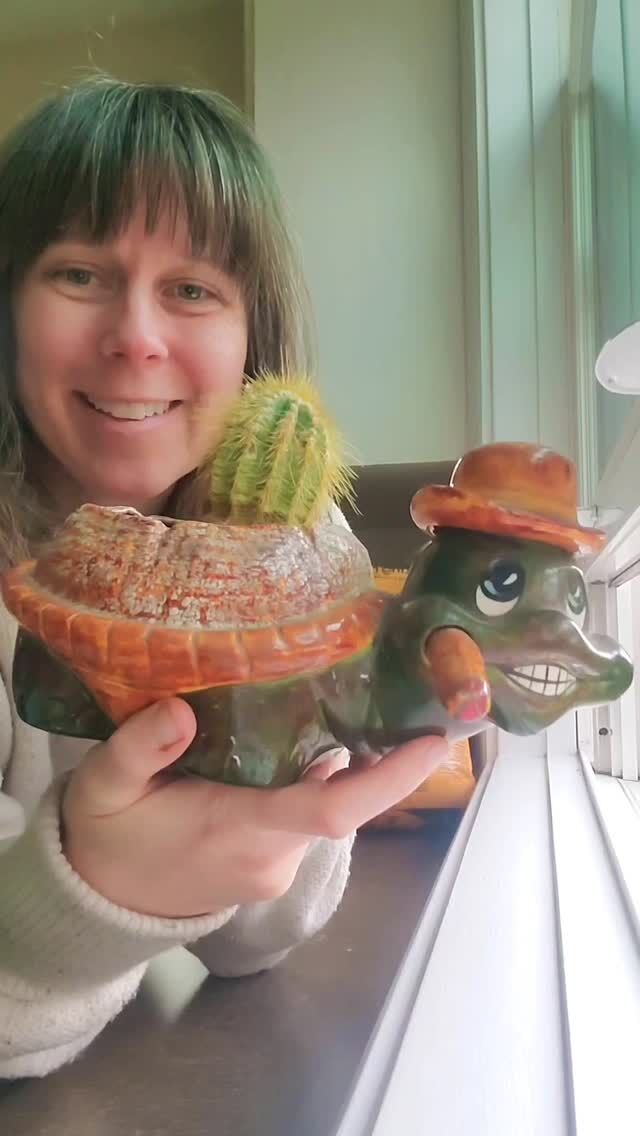
Looks fab. I am totally jealous of your passing comment about how you can grow greens all year! whah.
Another method t keeping kitties out is to lay chicken wire or some wire type fencing over your beds. As the plants grow in, the wire becomes obsolete but you can leave it in place. Voila. Can’t dig and poo in that!
Good thinking about the gate. I have been reading about urban chicken keepers who had to resort to locks on their coops to keep human pests at bay. That’s too bad! You are working so hard!
It may work to get them on your side by giving them chores which may develop some ownership of a good sort for them?
I googled a bit on your black spot problem and only found this link. I don’t think there is anything directly related to your experience.
http://ohioline.osu.edu/hyg-fact/1000/1426.html
Actually cat poop is just as bad, especially for pregnant women. Cats can transmit a virus/disease called toxi-plas-mosis (sp?). Sorry for the totally mangled name. I have a cat problem in my neighborhood, too. Cayenne pepper works as a deterrent as well, but I’m going to use bird netting and/or chicken wire this year.